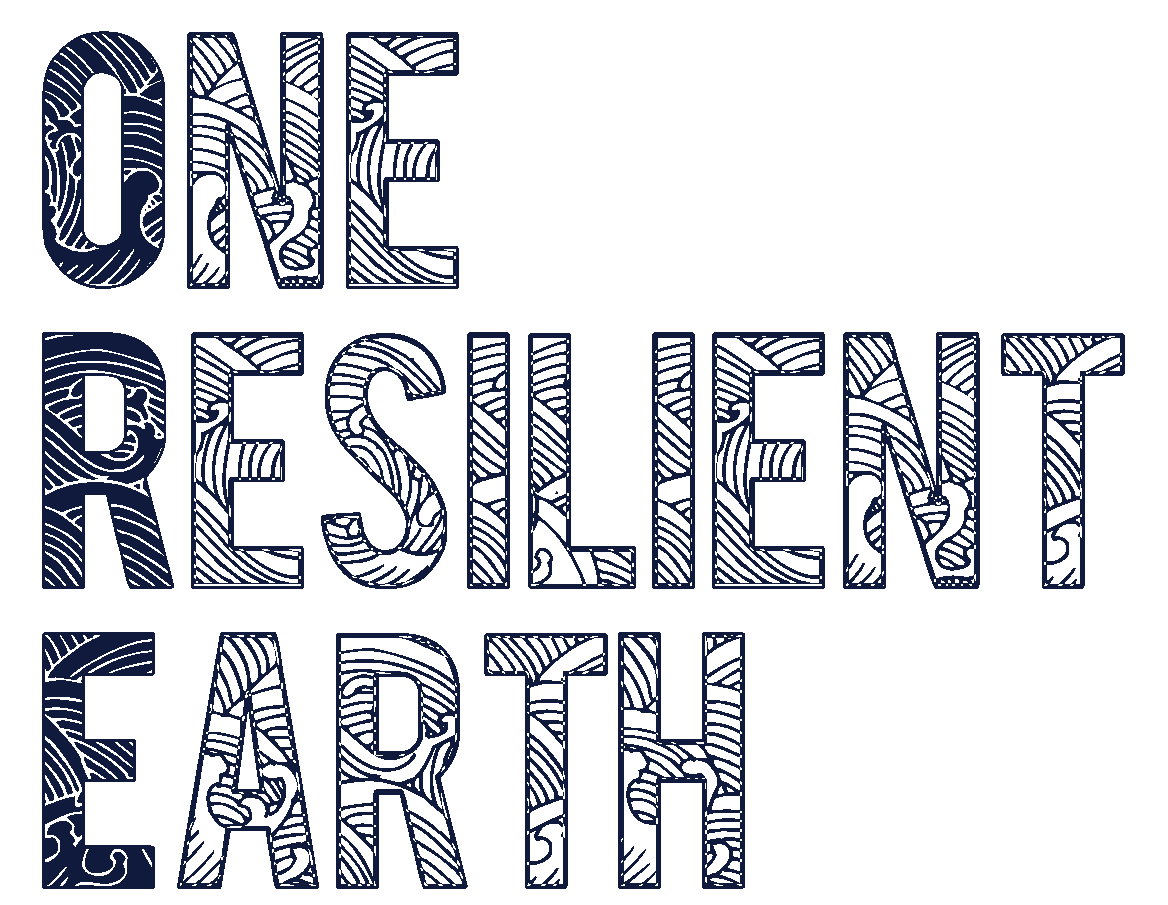The Open Mind Series is a selection of interviews with artists, designers and other ‘creators’ from around the world giving us an insight into how they see the world now and tomorrow. No qualifications required. No taboo. No right or wrong. Just openness. And artworks.
How do you imagine the world in 20 years?

In 20 years, the better part of humanity will have learned (thanks to the current pandemic) that the only way that the human race can thrive on Earth is by protecting its ecosystems. All countries comply to this golden rule: there will be no exploitation nor pollution of the land, forests, water sources. Education will value more than now, mutual respect and personal growth rather than in the production of employees that feed an economic system. Children and teenagers will be taught how to deal with emotions, how to lead healthy, conscious and peaceful lives and how to cultivate compassion and respect towards one another and the environment. The connection to the natural world and its inherent wisdom will be more and more cultivated and encouraged. Countries will no longer invest most of their budget in weapons and the military but instead in medical research and the eradication of poverty, inequality, hunger and terminal, autoimmune and degenerative diseases such as cancer, Alzheimer’s, etc. and in culture, the arts and education. Research and implementation of natural remedies to treat psychological and physical ailments will be much greater than now, and will eventually outnumber the chemical ones. People have learned to travel less and live more local lives, thus maintaining the carbon emissions to their minimum. We are still learning to act for the common good instead of thinking about individual benefits, but doing much better than in 2020. Technology is an intrinsic part of our lives. We have learned to use it to our benefit and not to our detriment. We are using it in order to connect to each other in more meaningful ways and to help us deal with possible natural disasters, pandemics and other catastrophes. Artificial intelligence is moving forward in order to improve the quality of life of humans and to help us attain harmony within our societies and with our ecosystems.
How do you imagine the world in 1000 years?
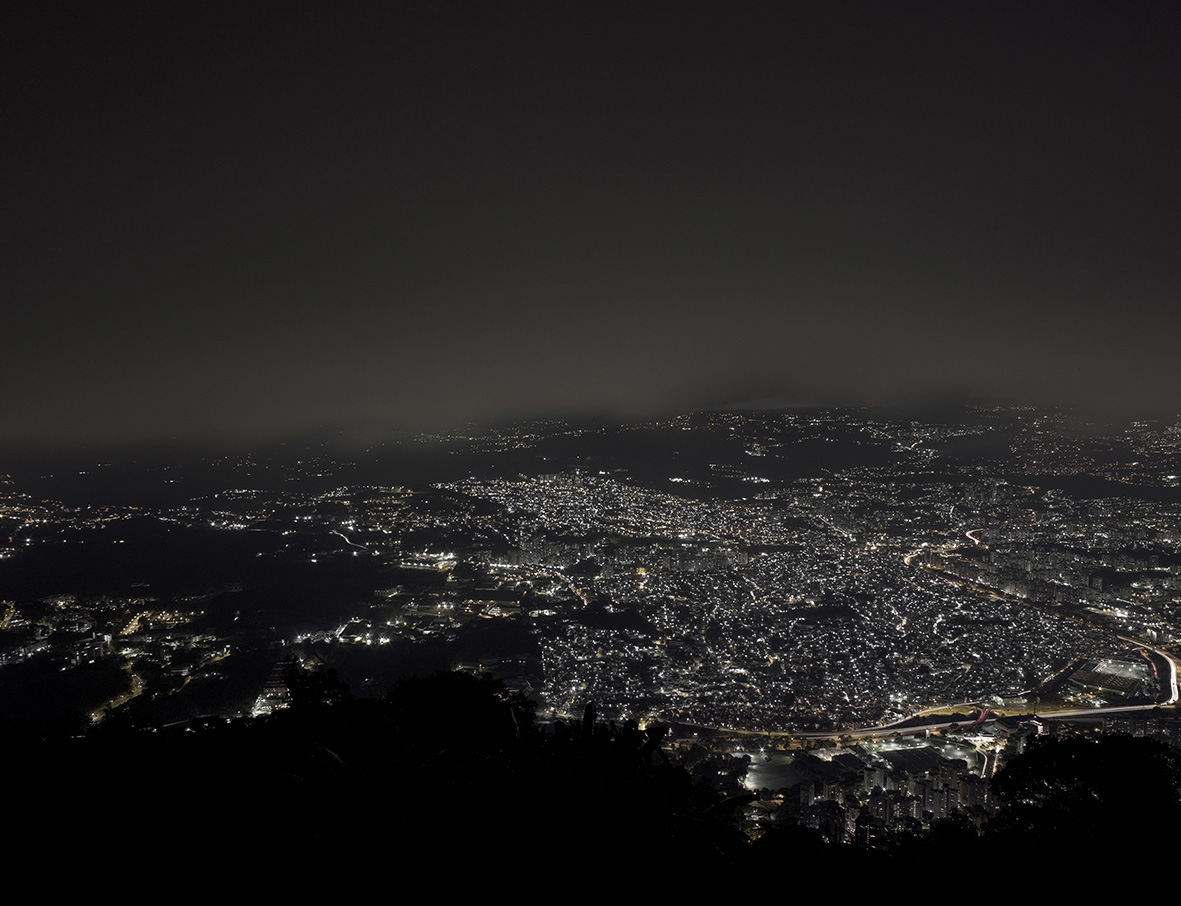
In 1000 years, humanity keeps on evolving beyond what is possibly imaginable right now. Though perhaps not the majority, the more conscious, altruistic and compassionate part of humanity is leading the way for progress. We are beginning to communicate on a deeper, intuitive level, more telepathic. We have somehow incorporated artificial intelligence into our biological bodies, able to detect and heal ill parts and to enhance ourselves to reach new levels of consciousness. There are at least two possible outcomes to the future: the best and worst case scenarios (which may have many variants), and since I am a realist, I will focus (and project) on the best one: Human beings have truly mastered and optimized the available resources on Earth in order to live fulfilling lives in harmony with nature. We have successfully attained the 17 Global Goals for Sustainable development (No poverty, zero hunger, good health and well-being, quality education, gender equality, clean water and sanitation, affordable and clean energy, decent work and economic growth, industry, innovation and infrastructure, no inequality, sustainable cities and communities, responsible consumption and production, climate action, life below water, life on land, peace, justice and strong institutions, partnership for the goals) and implemented at least a dozen more new ones. Culture and the arts have become for the past hundreds of years the basis of all societies, more than an essential good, it is considered a pillar of life. Artists, philosophers, therapists, educators, natural scientists and other professionals collaborate in the daily politics to create and implement the best measures for the common good. Creative expression is inextricably a part of everyone’s life, as well as the cultivation of a relationship with the natural world, whether through pure enjoyment or active interaction, preservation and enhancement of it. Bartering has replaced the capitalist model and become the ruling economic system globally and every person is entitled to a universal basic income. Working has thus become a source of enjoyment and all production is done in such a way that is respectful of the environment. All religions have come to realize that what they share in common, the love towards each other, is more important than any dogma. The better part of humanity has come to understand that love is not a romantic feeling, but a feeling that is based on compassion, solidarity and altruism. All wars have ceased. Images from our dreams and minds can be captured and recorded.
What is the plant, animal or object that most inspires you and how?
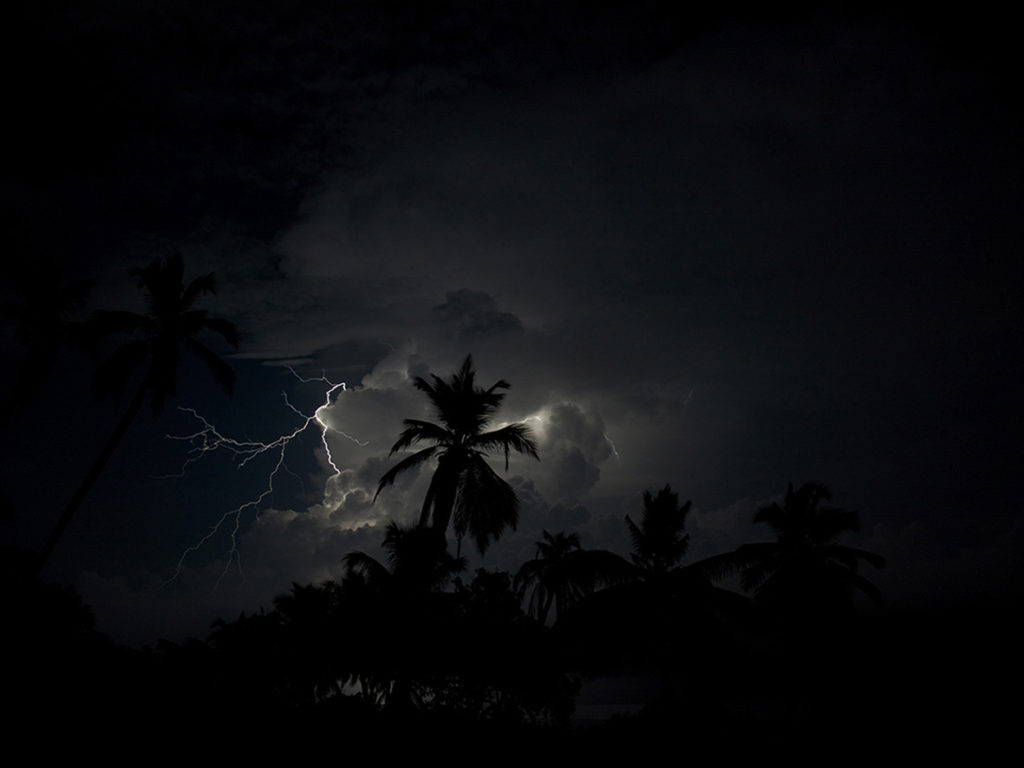
I recently watched an incredible film by Louie Schwartzberg called Fantastic Fungi, about the magic power of mushrooms, that offers a model to planetary survival. I have been interested in fungi ever since I saw a Ted Talk by Paul Stamets, a pioneering mycologist and advocate of the beneficial powers of fungi/mycelium where he said that ‘…fungi were the first organisms to come to land, they came to land 1.3 billion years ago, and plants followed, several hundred millions of years later”. This is mind-blowing! Besides being the most ancient life form on land, fungi perform an important role in our ecosystems and are ‘deep reservoirs for very powerful medicines’, boosting our immune system and offering cures for many physical and mental ailments (including cancer, depression, addiction and PTSD), as well as solutions for decontaminating the environment and even a possible clean source of energy. Fungi are, truly, panacea and cornucopia!
What is the emotion that drives you in your work?
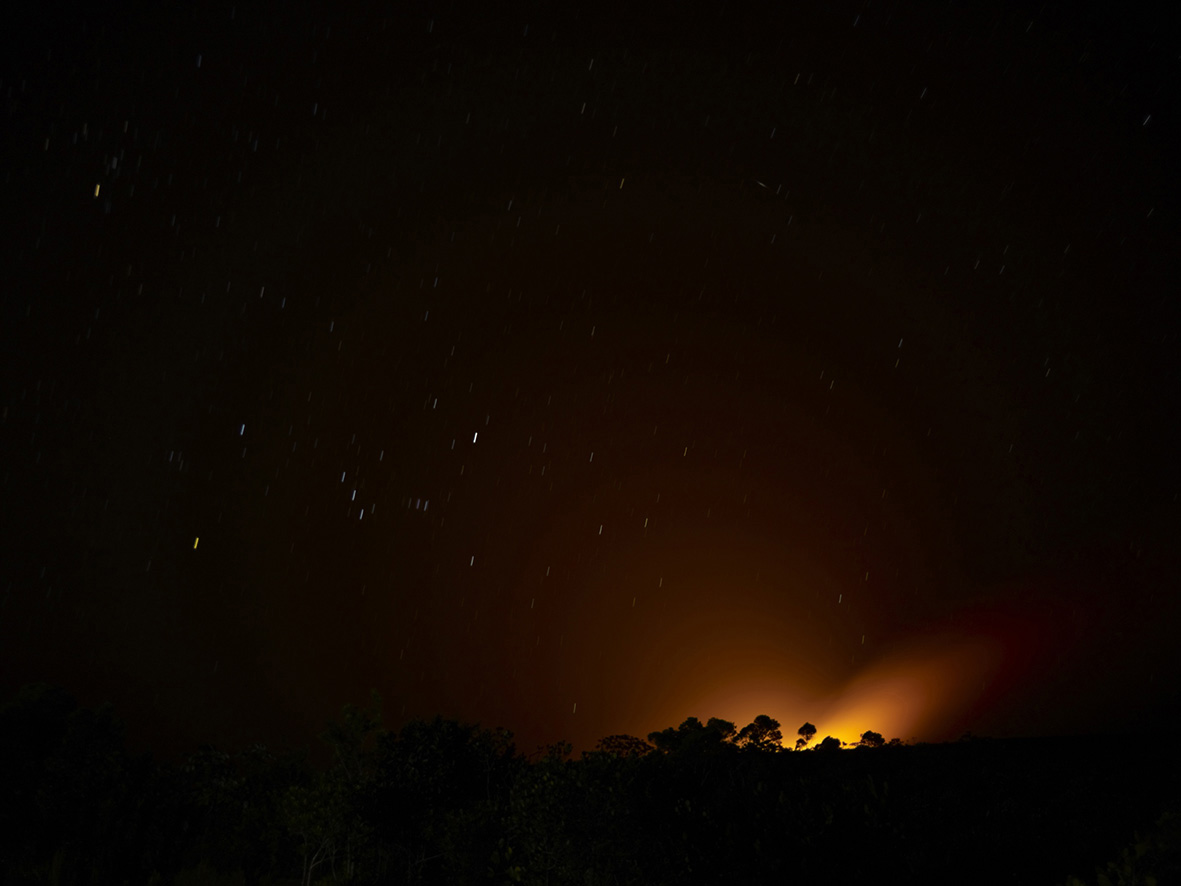
I love this question! And forgive the repetition, but… I believe that the emotion that drives me in my work is love. Love is the detonator as well as the outcome of deep processes that require courage, doubt, fear, frustration, patience and self-knowledge. Art is an act of love. Only through dedication, commitment, utmost care and devotion can we realize what we imagine into its best possible physical manifestation.
What does community mean to you personally?
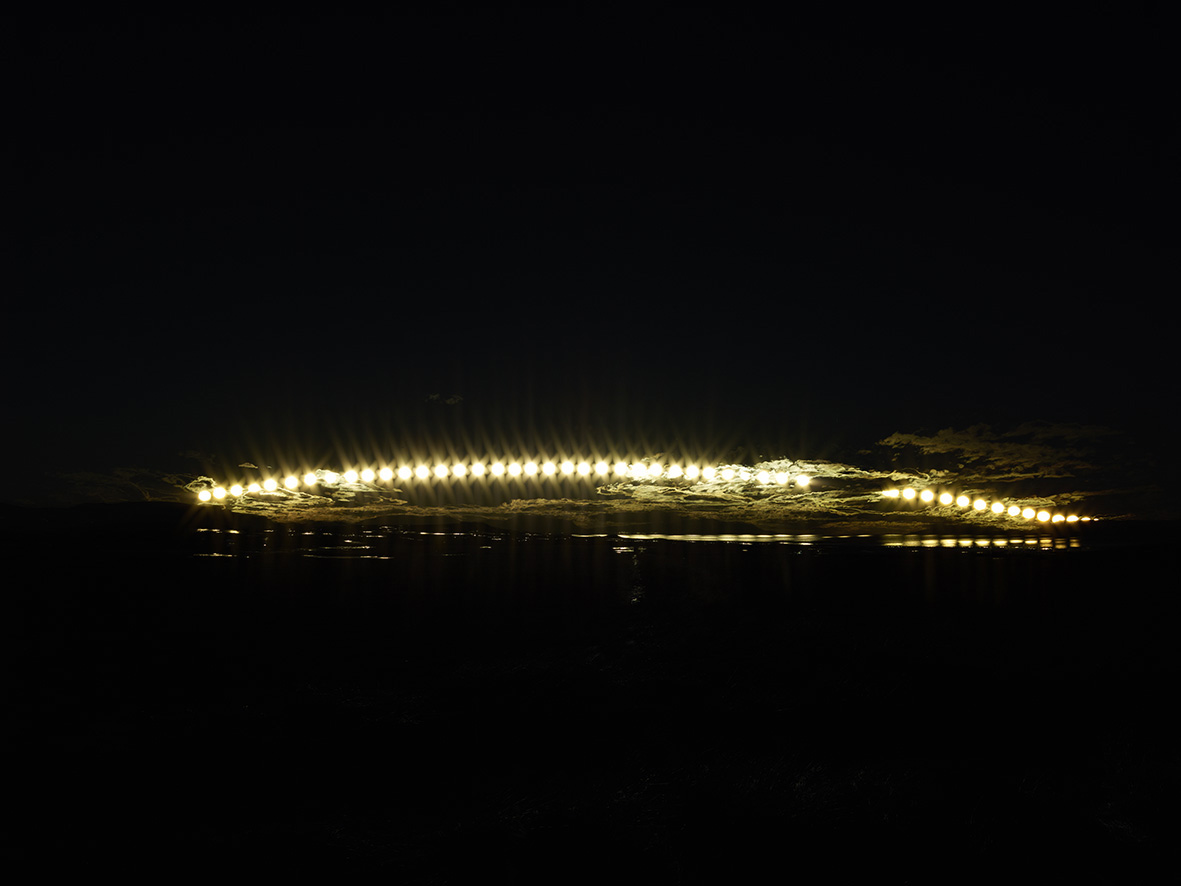
Community to me means taking care of, respecting, appreciating, recognizing, communicating, connecting and taking into value everyone around us, starting from our family, friends and colleagues and also including those people who we come into contact with every day: the mailman, the cashier at the supermarket and shop assistants, people from our virtual network and virtually everyone in this small community called Earth. A simple smile or sincere ‘thank you’ can really convey our gratitude and appreciation for those with whom we come into contact with and do not necessarily interact with on a deeper level, given this is not always possible. Presence is necessary, whether it is during a shared minute, day, month or years.
How do you connect with the Earth today?

On these days of lockdown due to the COVID-19, I appreciate more than ever being able to connect to the Earth by opening my windows and feeling the fresh spring air and the warmth of the sun and observing the deep blue sky here in Madrid, while listening to the birds chirping and seeing the path of the sunlight on my building’s façade, as well as the clouds and rainy days of thunderstorm, the cool silence of the night and the intoxicating smell of petrichor. There is a majestic Old World sycamore (Platanusorientalis) next to my building that I enjoy watching while sunbathing on the kitchen window. I am so grateful to be able to admire its green foliage and to see it changing as the spring sets in and I imagine myself interacting with it telepathically. Of course, what I would like to change about my current situation is to be able to go out to a park, mountain or even the sea, but being confined has helped me appreciate my situation in a different light. I appreciate my friend Sandra’s videos sent through instant messaging from the marvelous Caribbean island of Dominica, watching them, I can imagine I’m swimming in its stunning beaches. She just sent me a link to some incredible footage just published today (April 13, 2020) to share with everyone on lockdown.
What is your dream for the arts world?
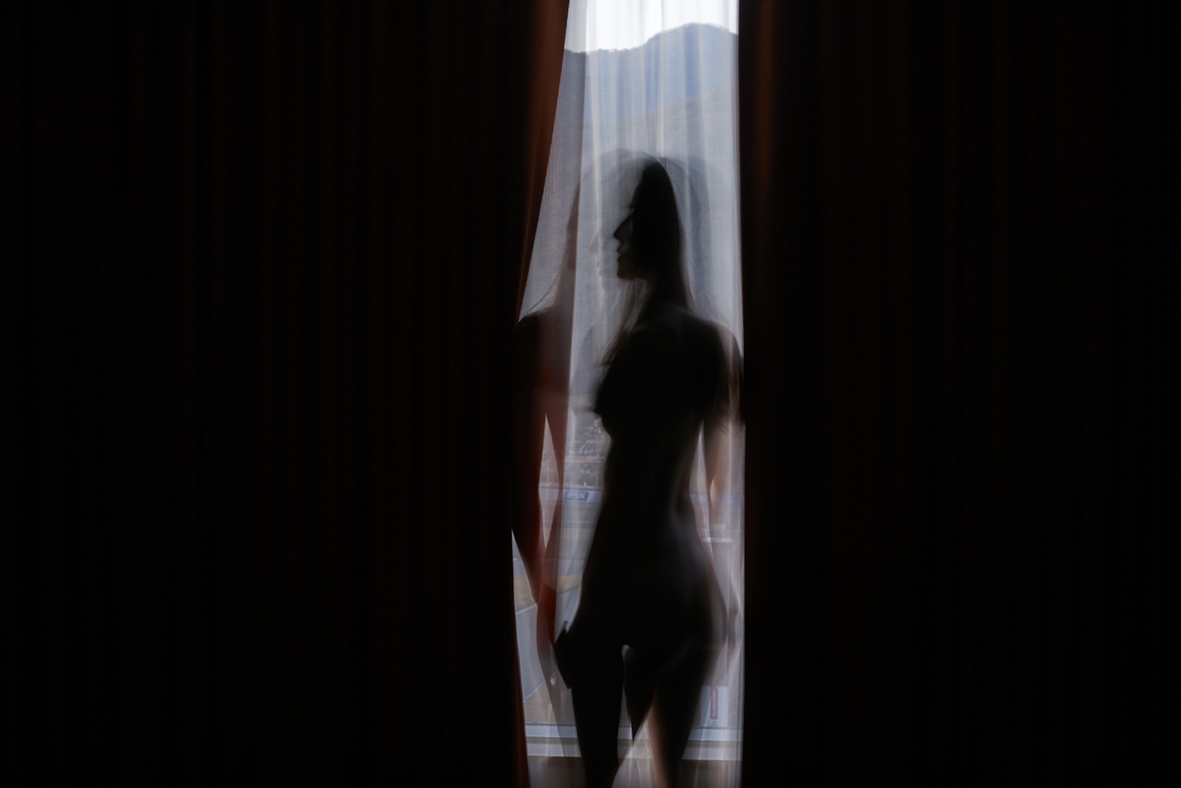
This is a great question. My dream for the art world is that every artist can make a living from what they love doing. That the market is not the one defining the value of a work of art but society itself, who can decide how a work of art contributes to the general well-being. I’m not sure how best to implement this but maybe bartering artworks for goods and services could be one way. I’ve done it in the past and it’s a great way of circulating my work and getting what I need. For example, I’ve gotten vacation getaways, window blinds and other artworks, but this could easily include medical treatments, food, housing, etc.
On a different note, I share the Canadian cultural critic and writer J. F. Martel’s view that, “Art discloses our own mystery even as it lays bare the mystery of consciousness and the mystery of the world… Before we can even think of ecological rescue, global disarmament, or economic reform, we must find a way back to what science fiction writers call our homeworld. The term encompasses more than the biosphere; it also includes our homes, our places of work, our communities, families, friends, and lovers. It includes our technologies and tools, the physical body, the sensible soul, and the unconscious psyche. We need a faith to restore our capacity to feel, to affect and be affected with the same passionate intensity as our forebears, whose powers of feeling astound us so in the records and art of the past. The death of affect, to borrow a phrase from J. G. Ballard, is the true catastrophe of our spectral age, our spiritual Hiroshima. It makes questions such as whether life’s riddles are answered at the Vatican, in Tibet, or by the Large Hadron Collider utterly meaningless, since it removes the ground we need to pose such questions in the first place. Neither religion nor science can give us back the ground. Only the imagination can. Only art can mend the rupture of the soul and the world, the body and the earth” (Reclaiming Art in the Age of Artifice, published in 2015 by Evolver Editions. Ediciones Atalanta released a Spanish translation of the work in 2017)
What’s the best thing on earth?
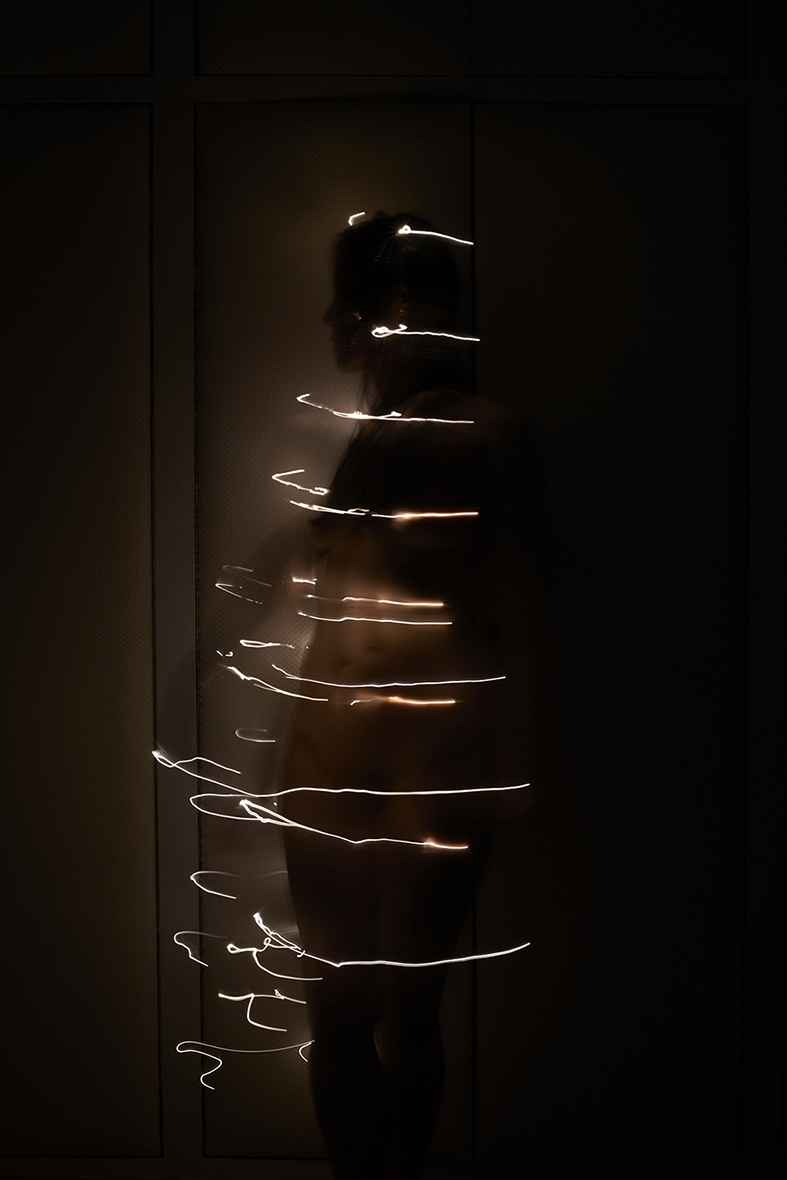
The best thing on Earth are its living creatures: humans, animals, fungi, plants, insects, the whole of nature! Even a virus like COVID-19 has so much to teach us about ourselves and all the wrong ways we have been treating our Mother Earth. Natural parks and forests are the best thing there is and my favorite place to spend my free time. These are sacred places and it is our duty and mission to protect and cherish them with love and devotion.
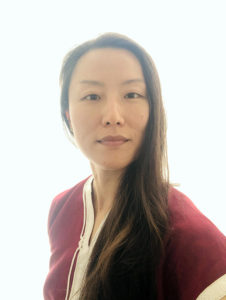
Suwon Lee (Caracas, 1977) is a Korean-Venezuelan visual artist who has explored through photography and other media various ways through which to understand her passage through this lifetime. She is currently living and working in Spain. Her work belongs to the following collections: MoMA New York, Colección Patricia Phelps de Cisneros, CIFO Miami, Colección Banco Mercantil (Venezuela), Museu de Arte Brasileira da Fundação Armando Alvares Penteado (Sao Paulo, Brazil).
